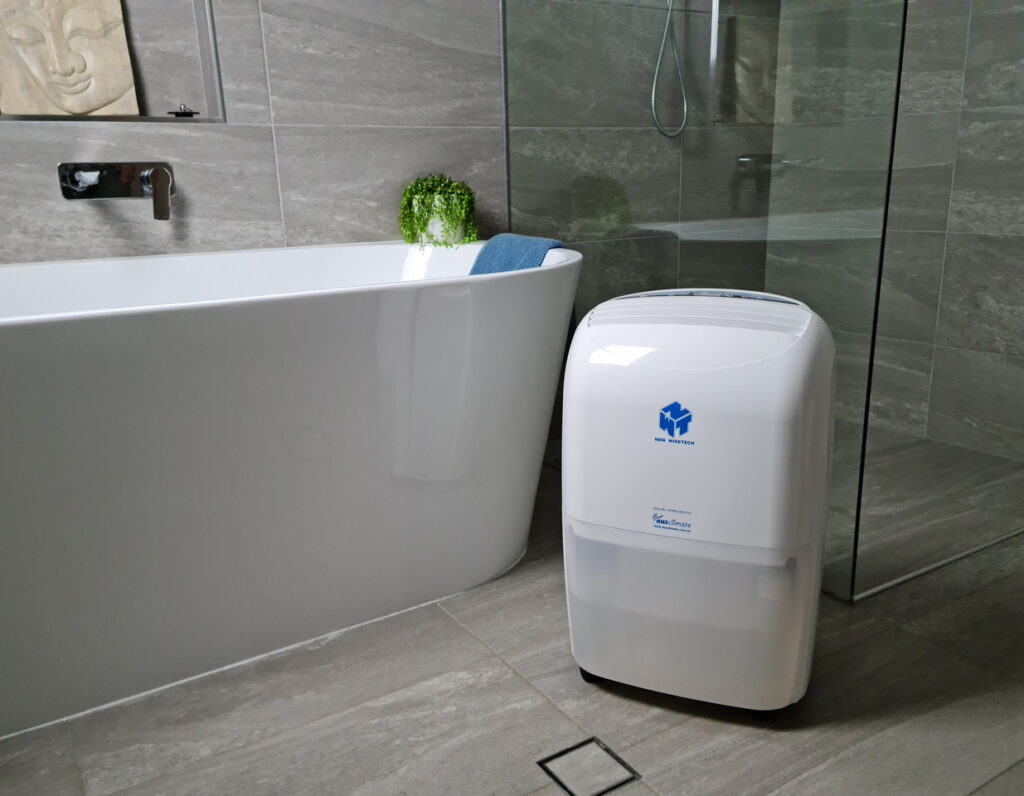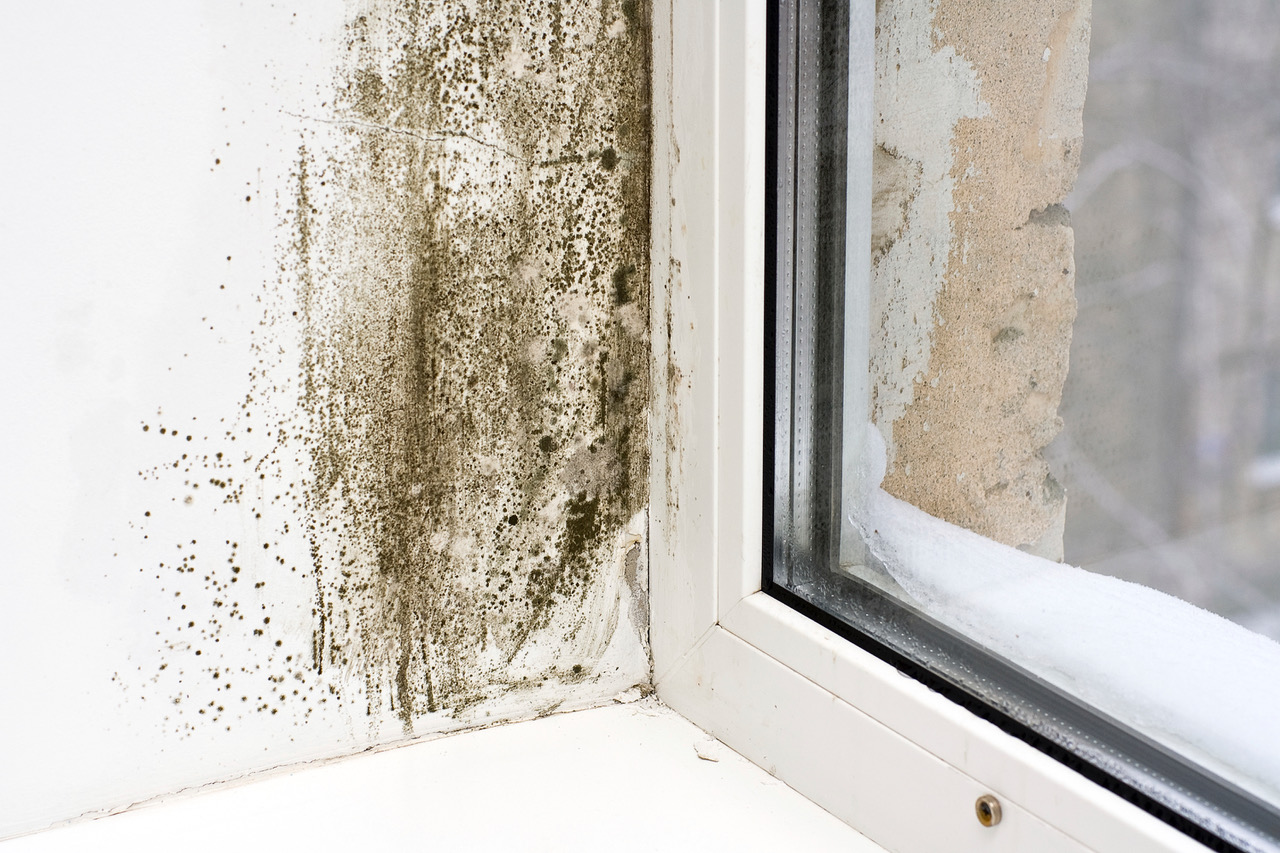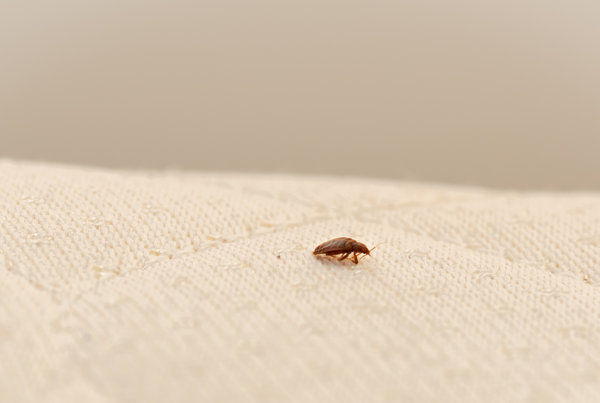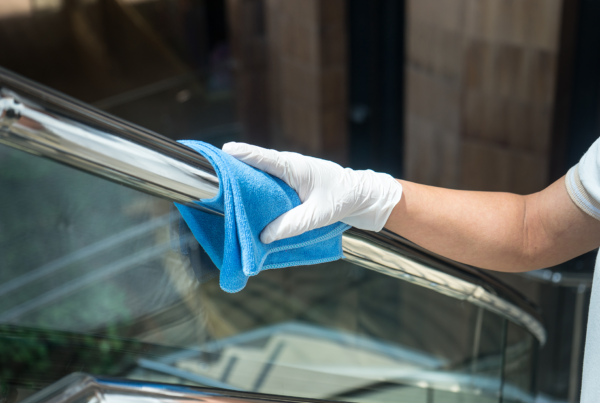The rising issues of moisture damage and poor air quality in Australian homes and businesses.

Through record-setting levels of rainfall and resulting flood events, the issues of moisture damage in Australian homes and properties has never been more prevalent. The common signs of musty smells, condensation and mould are all too familiar for Australian property owners of late.
Property water damage remediation expert and Ausclimate Co-Founder, Allan Bryan explains that “when we get prolonged rainfall and moisture levels in a property are high for extended periods, we start to see a variety of ‘moisture problems’ that can be very detrimental to the overall health of a building; from expensive property and contents damage to some very concerning health-issues for the occupants”.
In the following points we look at some specifics of just what property ‘moisture-problems’ look like, the potential consequences and some handy tips on how to prevent and/or reduce these common issues.
Property moisture problems
The surprisingly common, damaging consequences of moisture in Australian properties:
- Mould
- Condensation (annoying and potentially damaging to window fixtures, walls, and flooring)
- Musty smells
- Wood-rot
- Pests
- Frequent repainting of walls
- Expensive replacement of moisture-damaged carpets and flooring
- Health effects and potential tenant-liabilities of ‘sick building syndrome’ (prolonged exposure to mould can cause serious health problems, from ‘mouldillness’ to exacerbating existing health issues such as asthma, sensitivities, or allergies)
- Potential liability for damaged tenant assets (clothes, furniture, technology)
What causes moisture problems?
- Prolonged periods of wet weather
- Poor or insufficient indoor ventilation
- Showering, cooking, and boiling without proper ventilation (exhaust fans/open windows)
- The use of clothes dryers and heaters without proper ventilation
- Prolonged drying of clothes indoors without proper ventilation
- Leaks from roof, walls, and windows
- Plumbing faults
- Direction of building (North or south-facing buildings typically receive less sunlight)
Steps to prevent/reduce property moisture-problems
- Increase ventilation (encourage tenants to open windows and doors as much as possible or replace ventilation systems)
- Utilise professional mould remediation services to safely remove mould
- Ongoing ‘treatment and maintenance use’ of highquality DEHUMIDIFIERS to reduce the overall moisture levels within your property and reduce/ prevent these moisture problems
Ausclimate: healthy indoor climate solutions
Ausclimate provide easy-to-use, safe, and effective moisture-control and air-quality solutions for both residential and commercial properties. Their award-winning, dehumidifiers and air purifiers are highly recommended by a variety of consumer review platforms, health advocacy groups, health practitioners and building health experts. Ausclimate have a variety of dehumidifier options ranging from 10-50 litre moisture extractions per day and ‘hospitalgrade’ true HEPA Winix air purifiers.
Talk to an expert at Ausclimate for custom solutions for your needs today. We do anything from small to large-scale orders, suitable for homes, apartments, offices, and larger workplace premises.
Mention Property Manager Australia to speak to a property air treatment expert










